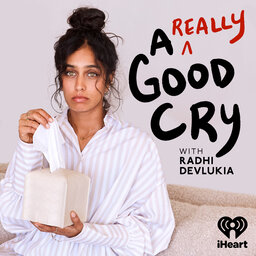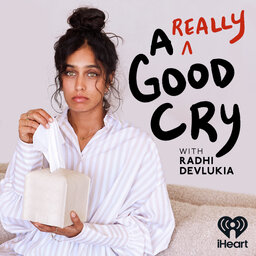Do You Want Healthy Hair? Ayurvedic Tips for Hair Loss & How to Identify Your Hair Type
We all dream of ‘good hair days,’ but what if the secret isn’t just in the products?
In this episode of A Really Good Cry, we’re talking all about the frustrating struggle with hair health, from breakage to thinning, and everything in between. I’m diving into my personal journey of dealing with post-COVID hair loss, how it totally knocked my confidence, and what I did to turn it around. Spoiler: it took way more than just a new shampoo!
We’ll chat about the holistic and Ayurvedic methods that have made a real difference in my hair’s strength and growth—and yes, I’ll be sharing all the practical tips that worked for me. From scalp massages to gut health, and even the crazy impact of stress on our hair, we’re covering it all.
So, if you’re ready to figure out how to get your healthiest, strongest hair yet (without breaking the bank or pulling your hair out—literally), grab your favorite snack, get comfy, and let’s dive in together. Because you deserve to love your hair, and we’re here to make that happen!
What We Discuss:
- 00:00 Intro
- 02:17 Good hair is a result of good health
- 05:25 Three types of hair according to Ayurveda
- 08:16 Embracing your natural hair type
- 11:04 How external care transforms hair health
- 12:32 Benefits of using hair oils
- 14:35 Hair oiling tips
- 16:24 Do a scalp massage
- 17:25 Derma roller for hair loss
- 18:28 More practical tips to protect your hair
- 21:57 How food & your diet affects your hair
- 28:53 Stress and hair loss
Follow Radhi:
 A Really Good Cry
A Really Good Cry


